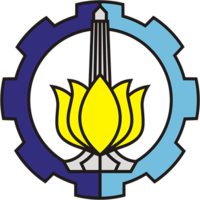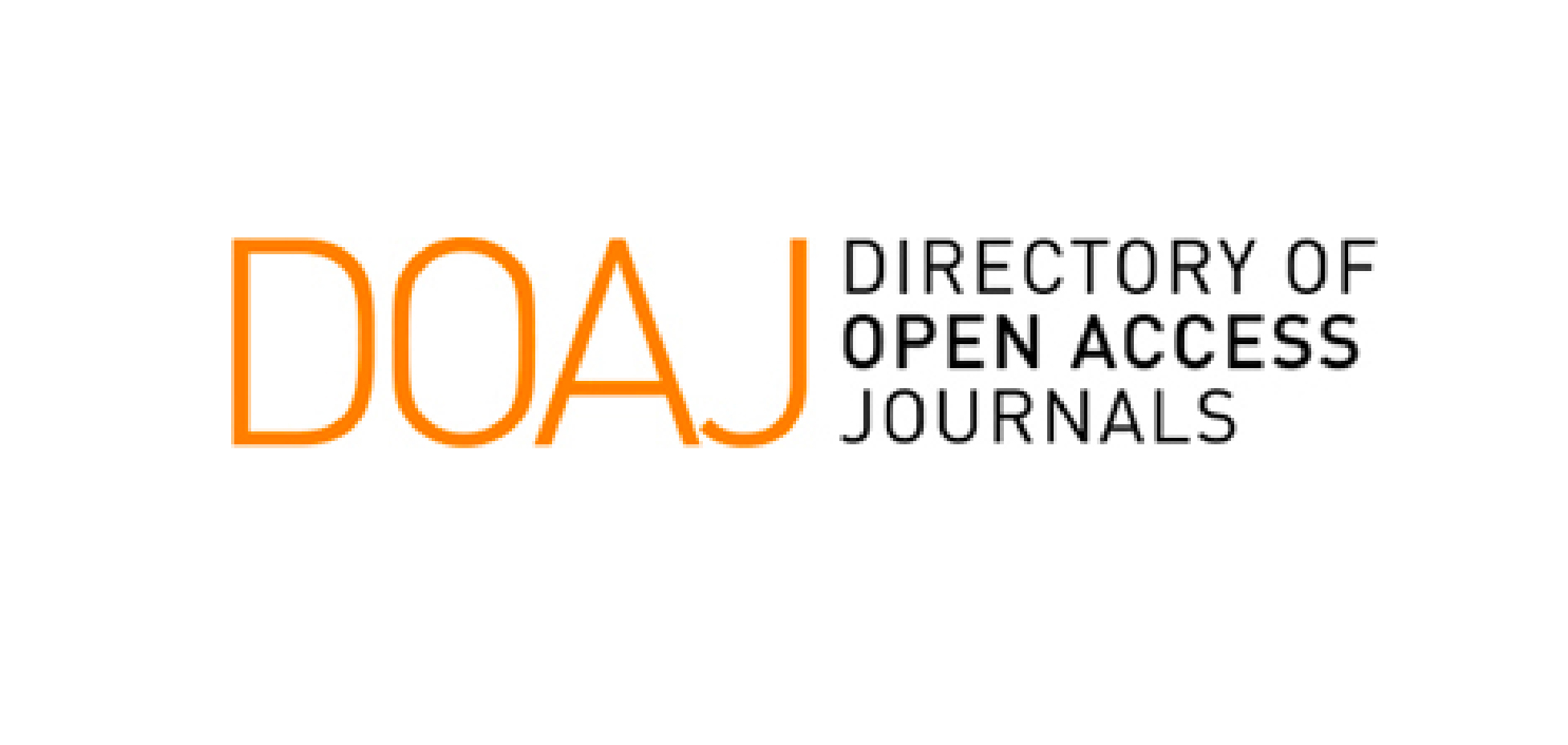STRATEGI PRAGMATIK BAHASA HUMOR DALAM ACARA “MARIO TEGUH GOLDEN WAYS” DI METRO TV
Abstract
Speech humor in MTGW program is assumed as a "good practice" of pragmatic strategy to entertain, inspire and motivate audience. The focus and objective of this study is to get a description of the pragmatic strategy of harmonizing word choice, sentence, and humorous language in MTGW program. How pragmatic strategies have implications for the use of words, sentences, and language styles so that the audience feel entertained and laughed.
This research uses desciptive qualitative approach. Data in the form of humorous languages is collected by listening and recording. The method of analysis is padan and agih. The word data, sentence, and style of the humorous language are linked and compared to other words, sentences, and language styles in terms of humorous sense between sentences produced and comparator sentences. As a result, the pragmatic strategy MT uses in the MTGW program on Metro TV is to harmonize between lingual units of words, sentences, and language styles with humor and courtesy. MT uses a locusive and illocusive strategy with humorous tones and politeness in choosing, organizing and producing every word, sentence, and style of humor. Through the choice of words, sentences, and language style, the MT uses pragmatic strategies in conveying his message as a motivator and the perlocutionary effect is that the audience becomes interested or entertained.Keywords
Full Text:
PDFReferences
Alwi, Hasan, dkk. 2003. Tata Bahasa Baku Bahasa Indonesia. Jakarta: Balai Pustaka.
Anastasya, Sicillia. 2013. “Teknik-Teknik Humor dalam Program Komedi di Televisi Swasta Nasional Indonesia.” Jurnal E-Komunikasi, V0l.I, No.1 Tahun 2013.
Baskoro, B.R. Suryo. 2014. “Pragmatik dan Wacana Korupsi”. Jurnal Humaniora, Vo.26, No1 Februari 2014: 74-83.
Brown, Penelope dan Stephen C. Levinson. 1987. Politeness: Some Universals in Language Usage. Cambridge: University of Cambridge Press.
Chaer, Abdul. 2010. Kesantunan Berbahasa. Jakarta: Rineke Cipta.
Dardjowidjojo, Soenjono. 2012. Psikolinguistik Pengantar Pemahaman Bahasa Manusia. Jakarta: Yayasan Pustaka Obor Indonesia.
DeVito, Joseph A. 1997. Human Communication. (Komunikasi Antarmanusia). Penerjemah Agus Maulana. Jakarta: Professional Books.
Demjen, Zsofia. 2016. “Laughing at Cancer: Humour, Empowerment, Solidarity and Coping Online”. Journal of Pragmatics 101-18-30. www.elsevier.com.
Gunarwan, Asim. 1997 a.”Tindak Tutur Melarang di dalam Bahasa Indonesia di Kalangan Penutur Jati Bahasa Jawa”. Linguistik Indonesia. Tahun 15. No.1 dan 2. Juni dan Desember 1997. Hlm.3.
Keraf, Gorys. 2000. b. Diksi dan Gaya Bahasa. Jakarta: Gramedia Pustaka Utama..
Rakhmat, Jalaluddin. a. Psikologi Komunikasi. Bandung: Remaja Rosdakarya.
Rakhmat, Jalaluddin.1992. b. Retorika Modern Pendekatan Praktis. Bandung: PT. Rosdakarya.
Ratna, Nyoman Kutha. 2009. Stilistika Kajian Puitika Bahasa, Sastra, dan Budaya. Yogyakarta: Pustaka Pelajar
Sinkeviciute V., & Dynel M. 2017. Approaching Conversational Humour Cultually: A Survey ofthe Emerging Area of Investigation. Journal Language & Communication,xxx,1-9, www.elsevier.com.
Sudaryanto. 1993: Metode dan Aneka Teknik Analisis Bahasa Pengantar Penelitian Wahana Kebudayaan secara Linguistis. Yogyakarta: Duta Wacana University Press.
Schnurr, Stephanie dan Angela Chan. 2011. “When Laughter is not Enough. Responding to Teasing and Self-Denigrating Humour at Work”, Journal of Pragmatics 43 (2011)20-35. www.elsevier.com.
Suprana, Jaya. 2013. Humorologi. Jakarta: PT Gramedia.
Tarjana, 2016. “Penggunaan Bahasa dalam Perspektif Pragmatik dan Implikasinya bagi Peningkatan Kualitas Generasi Muda di Indonesia.” Naskah pidato pengukuhan sebagai Guru Besar di Fakultas Sastra dan Seni Rupa UNS, 6 April 2016.
Yule, George. 2006. Pragmatics (Pragmatik). Penerjemah Indah Fajar Wahyuni. Yogyakarta: Pustaka Pelajar.
Yuniawan, Tommi. 2005. “Teknik Penciptaan Asosiasi Pornografi dalam Wacana Humor Bahasa Indonesia.” Jurnal Humaniora, Vol.17, No.3, Oktober 2005
DOI: http://dx.doi.org/10.12962/j24433527.v10i1.2325
Refbacks
- There are currently no refbacks.
This work is licensed under a Creative Commons Attribution 4.0 International License.







